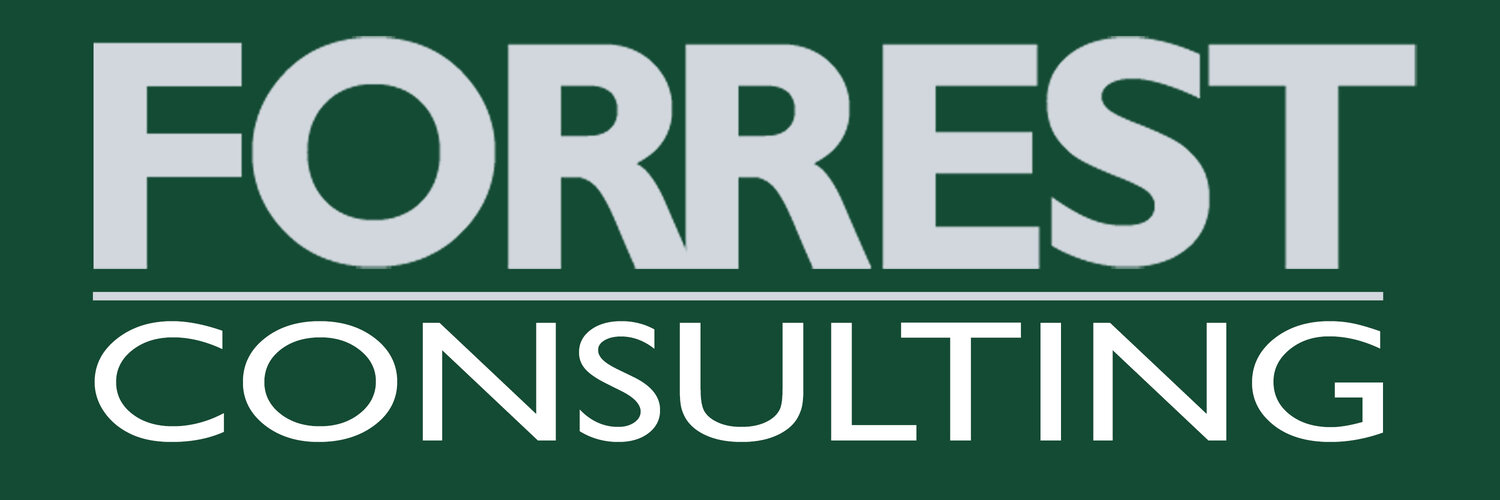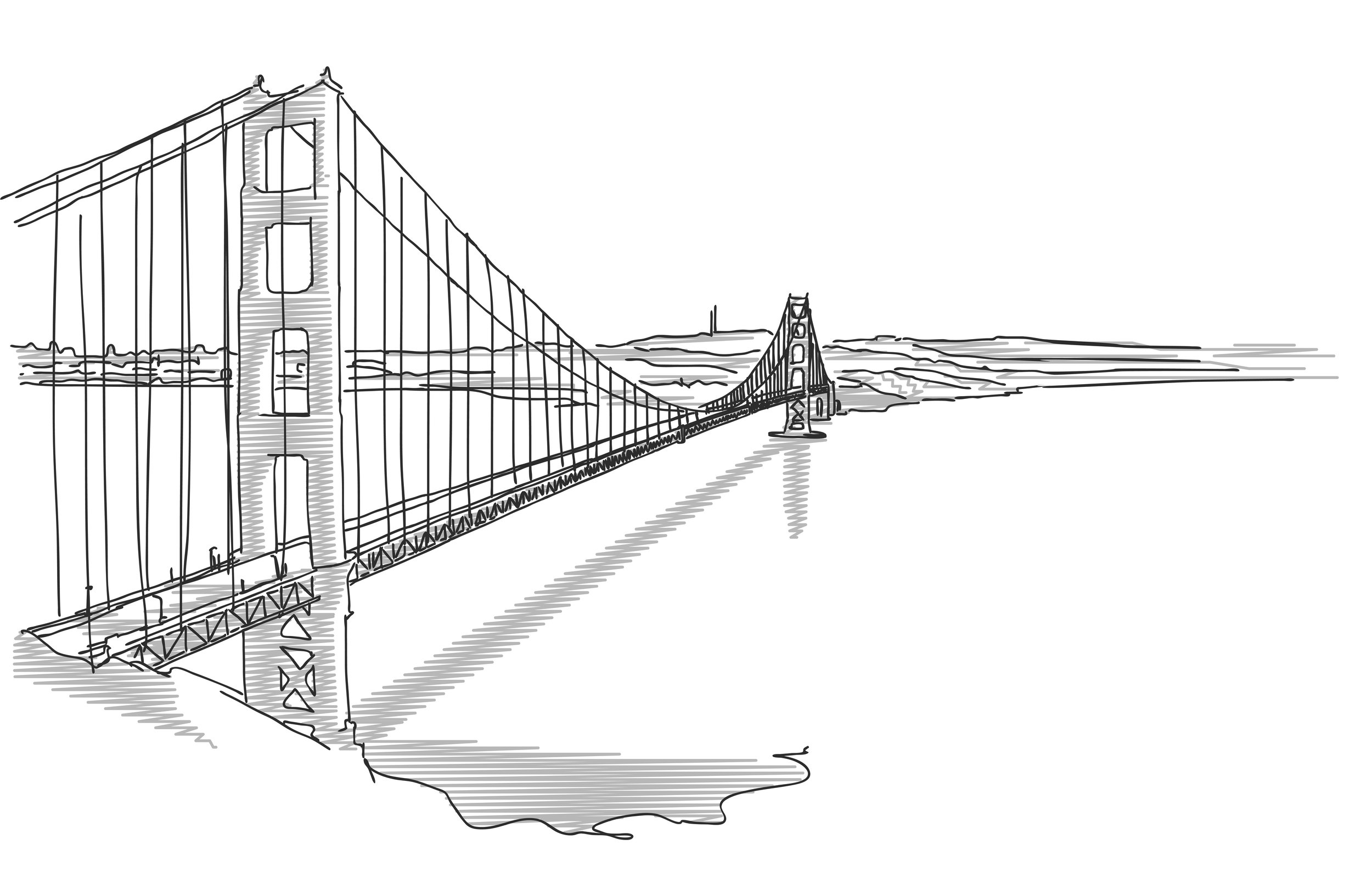Bridge the strategy gap
With the recent collapse of the Francis Scott Key Bridge in nearby Baltimore, bridges are on my mind.
While the Chesapeake Bay Bridge looms largest to me as an eight-year Annapolis resident, I fondly remember so many other bridges that have been meaningful in my life, including the stunning Golden Gate Bridge in San Francisco, the apex of 19th-century engineering Brooklyn Bridge in New York City, the new Cooper River Bridge in Charleston that I have run across multiple times, the history-laden Ponte Vecchio (with jewelry stores on it!) spanning the Arno River in Florence, the picturesque Rialto Bridge and the haunting Bridge of Sighs in Venice, the iconic Tower Bridge in London, and the gothic Charles Bridge in Prague.
Given my romance with epic bridges, it is no surprise that I have often likened creating a strategic plan to building a bridge to the future.
I have used the bridge analogy for years. As president of the Association for Strategic Planning (now the International Association for Strategy Professionals), more than a decade ago I started my quest to bridge what I (and others) called “the strategy gap.”
What’s the strategy gap?
Somewhat startling facts, at least to someone who knows the power of creating and implementing strategy to move to much better place, that I confronted when I started on my quest:
Four of every ten organizational leaders said strategic planning had little or no importance in the success of their organization. That was a conclusion of our 2012 and 2013 Strategic Leader Surveys of for-profit and non-profit organizational leaders in decision-making roles, as well as a seminal 2006 McKinsey & Company survey. (Our survey reports are available for download: https://www.forrestconsult.com/2013-sbl-survey-landing and https://www.forrestconsult.com/2012-sbl-survey-landing-1).
Our 2012 survey found that while 81% of the organizational leaders responding said strategic planning played more than a slightly significant role in their organization, only 26% said their organization made strategic decisions using a formal strategic planning process. Nearly two-thirds said strategic decisions were made by the CEO or a small group.
More than 40% of organizations did not even have a strategic plan, according to Bain & Company, and of those that did have a plan, 70% of their plans were either being poorly executed or were not executed at all.
This gap disturbed me greatly, especially in my role as the leader of the strategic planning association. I understood - and understand even more today - that planning and implementing makes organizations demonstrably more successful;. Here’s the proof: https://www.forrestconsult.com/blog/this-is-not-an-infomercial.
The gap still exists
While I see the strategy gap as both a lack of planning and a lack of plan execution, others have defined the strategy gap as the strategy execution gap, meaning more organizations develop strategies than effectively execute them for the change they seek.
However one defines the gap, it continue to exist. Consider this compendium of findings from research conducted more recently by others.
Planning gap:
48% of leaders say their company did not address Vision, Mission or Values over a three-year time span.
Organizations’ use of Purpose, Mission, and Vision Statements declined from around 40% a decade ago to 28% last year.
Less than 50% of organizations develop a strategic plan.
49% of nonprofits don’t have a written strategic plan.
32% of leaders believe their organization is not good at developing strategy, up from 20% in 2012.
Execution gap:
50% of leadership teams dedicate little to no time to implementing and executing strategy.
70% of leaders spend less than one day a month reviewing strategy.
61% of leaders acknowledge that their firms often struggle to bridge the gap between strategy formulation and its day-to-day implementation
53% of leaders believe their organization is not good at implementing strategy and 33% rate their organization as poor or very poor at implementing strategy.
A vast majority of leaders think their organization needs to improve accountability in strategy implementation (86%), as well as goal-setting and performance-monitoring systems (84%).
Results gap:
52% of leaders say they are not implementing their strategy successfully.
67% of well-formulated strategies fail due to poor execution.
Only 10% of organizations achieve at least two-thirds of their strategy objectives, with 36% achieving between 50%-67% and 54% achieving less than 50%.
Only 2% of leaders are confident that they will achieve 80-100% of their strategic objectives.
The strategic planning and implementation bridge
You are on one side of the gap and your vision of great success is on the other side of the gap. To get to your vision, you need to do homework to understand what’s in the way of getting there and what you can use and build on to get there. Then you need to build your bridge over the gap - your strategic plan - and execute your plan over time - drive across the bridge to your vision.
A variety of planning models and systems are out there to get you through this process. Whatever gets you down the road and over the bridge is great. But these options have various pluses and minuses.
In our case, based on decades of working with small and medium sized organizations, we promote and use a strategic gap planning model and our proprietary Fast Track Strategic Planning System. The model and our system are selected and designed to minimize time and expense and focus on what’s most important:
Developing pre-planning information, including:
Stakeholder input to discern what’s important. through surveying, interviewing, and otherwise engaging with stakeholders, such as employees, managers, directors, clients, owners, donors, citizens, partners, suppliers, etc. Key here is to know how to ask the right questions and how to process the responses to fish out strengths, weaknesses, opportunities, and threats, and what stakeholders want the organization to be and achieve. Using a third party with research experience is key in getting the most candid input.
Environmental scan. Strategic planners develop an environmental scan to identify the external factors that are likely to have a large impact on the organization as it goes down the road. Factors to be considered in an environmental scan might include but are hardly limited to economic indicators and forecasts, legislative and governmental trends, technological developments, energy and climate factors, social trends and values, agricultural and food forecasts, labor concerns and trends, transportation forecasts, and much more. They access and mine both public and private resources (Google and AI are our friends in doing this) for relevant trend and forecast information that suggest both opportunities and threats.)
Business analysis. Assess the condition and direction of the business (with the understanding that non-profits and government are just another form of a business) through analysis of financial statements; customer or client trends; production or service provision data; marketing and business development efforts and results; competitive analysis; member, donor, and visitor trends (for non-profits); and much more. A third-party business analyst can bring an unbiased eye to discern the status of the organization in terms of strengths and weaknesses.
Strengths, weaknesses, opportunities, and threats (SWOT) analysis. The information developed above then is mined for for strengths, weaknesses, opportunities, and threats, which are placed in a “master” SWOT analysis. In the subsequent planning work, a SWOT analysis is an essential tool for developing a strategic plan. It encourages strategic thinking, creativity, and innovation by helping leaders gain a clear understanding of the organization’s internal dynamics and external situation.
Creating a shared vision built on mission and values and based on the insight gained into the current state of the organization and the world in which it functions, and into how the organization and its environment are changing and the likely direction of that change.
In essence, the vision creates a destination for the strategic plan, one to keep sight of and to navigate toward even in the midst of change and its effects.
Identifying strategic gaps. Strategic gaps are the major variances between the future put forth in the strategic vision and where the organization is headed and will most likely wind up without intervention.
Look for what looms largest as being in the way of achieving your vision, what you need to overcome, remedy, or navigate around.
Developing strategic goals. Strategic goals are the big things that need to be achieved to move the organization toward its vision.
Formulating strategies. Strategies are high-impact activities to pursue over the 3-5 year plan timeline that will close gaps, meet the goals, and move the organization toward the vision.
Laying out 12-month (or quarterly for organizations in more fluid environments) strategic initiatives and action steps to close the gaps and move the organization toward the vision.
Implementing the plan using accountability, measurement, adjustment, assessment and re-planning.
Using a fictional example to show how it works, in The Wizard of Oz, Dorothy’s vision was returning to Kansas. She did her homework by querying the Munchkins and the Good Witch. Her strategic goals were to 1) get to Oz, 2) find the Wizard, and 3) have him send her home. Her strategies, formulated with the help of the Good Witch, were to 1) follow the Yellow Brick Road, 2) rely on the kindness of strangers to get her to Oz and connect her with the Wizard, and 3) to use her persuasiveness to convince the Wizard to send her back to Kansas. The Yellow Brick Road was her bridge to success and, despite flying monkeys and a fake Wizard, with the help of the Good Witch, the Scarecrow, the Tin Woodsman, and the Cowardly Lion, she got to Oz and back to Kansas.
Build your bridge and get over it to Oz and your Kansas!
Sources:
https://www.bain.com/insights/management-tools-mission-and-vision-statements/
https://www.bain.com/insights/management-tools-and-trends-2017/
https://balancedscorecard.org/blog/navigating-the-dangerous-waters-of-strategy-execution/
https://bridgesconsultancy.com/research-and-white-papers/
https://www.cascade.app/blog/51-strategy-statistics
https://www.clearpointstrategy.com/blog/strategic-planning-statistics
https://concordleadershipgroup.com/approach/research/
https://fundingforgood.org/statistics-about-strategic-planning/
https://hbr.org/2022/06/4-common-reasons-strategies-fail
https://www.intellibridge.us/90-percent-of-organizations-fail-to-execute-their-strategies-successfully/

